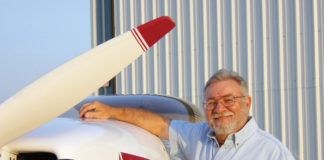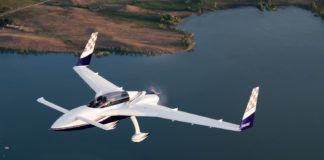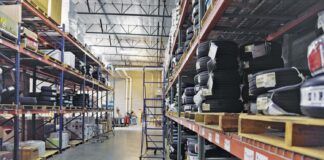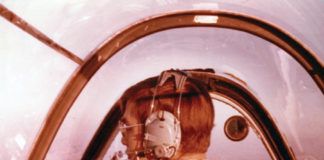Paid Instruction
I enjoyed Dave Martin’s “Understanding Experimental Light Sport Aircraft” article [March 2012], but I think one small statement is incorrect: “The ELSA cannot be used for rental or paid instruction.” This is only partially true. Yes, Experimental aircraft cannot be used for rental without a Letter of Deviation Authority (LODA), but nothing in title 14 CFR 61.193 through §61.195 or §61.413 through §61.429 prohibits instructors from being paid for instruction provided. I would refer to FAA order 8900.1 Volume 3, Chapter 11, Paragraph 3-392 (A), which states: “Persons may receive, and provide compensation for, flight training in an aircraft holding an Experimental certificate issued for any of the purposes specified in §21.191” (see http://fsims.faa.gov).
When I finish my Sonex and ask my Certificated Flight Instructor friend to provide me with some transition training in his Sonex prior to attempting Phase I flight test in mine, I would expect to pay him for his instruction, but I would not pay him for the flight time in his amateur-built aircraft. The instructor always gets paid! I would like to see an article where a builder earned his flight certificate using his Light Sport Aircraft, be it EAB or ELSA. What do you think?
Lou Toth
Dave Martin responds: Like the rest of the ELSA business, the answer is not simple. Lou Toth is correct in his understanding of paid flight instruction in Experimentals, both EAB and ELSA. My comment should have read, “Because the ELSA is an Experimental-category aircraft, it cannot be used for rental, nor can it be used by an owner/instructor for paid flight instruction if there is a charge for the aircraft.”
An exception is the instructor who holds a LODA (Letter of Deviation Authority) issued for the specific aircraft and instructor. The FAA has written more LODAs recently, but each one requires the instructor to gain approval for a flight syllabus tailored for the aircraft and the type of instruction to be provided. Many LODAs are issued to provide transition training into a similar aircraft.
There’s more. Phase I testing (typically 40 hours for an EAB and 5 hours in an ELSA) must be complete before someone other than a test pilot may fly in the airplane. (It’s possible to request a deviation for anything, but I know of no case where the FAA has waived this concept.) [See Ask the DAR for more on Phase I and having another pilot in the airplane.—Ed.] Once Phase 1 is complete, the EAB/ELSA owner may pay a CFI for instruction in his/her aircraft. Whew!
24-7 Frame of Mind
Free Flight by Paul Dye [November 2011, “First flights.“] offers arcane advice to any and all pilots who ever contemplate flying an airplane 24-7-365.
There is no greater joy than to be in the cockpit, calling the shots, creating your own roads and destiny in the sky. Likewise, there is no greater responsibility to use superior judgment 24-7-365 to ensure your flight complies with all rules, regulations and exemplary safety ideology. This is as important as concern for the pilot and passengers’ well-being. One hundred percent of the people on the ground are depending on the pilot using the wisdom Dye describes.
Robert Eckert
Write to [email protected] or mail a piece of your mind to:
KITPLANES, P.O. Box 315, Ashland, OR 97520.










